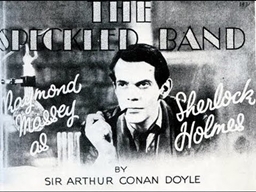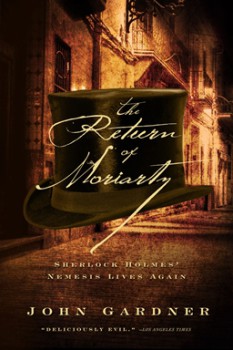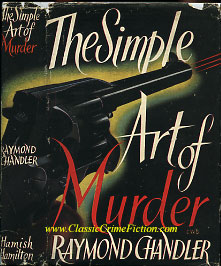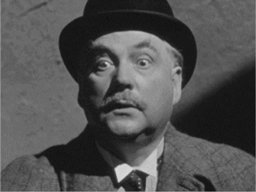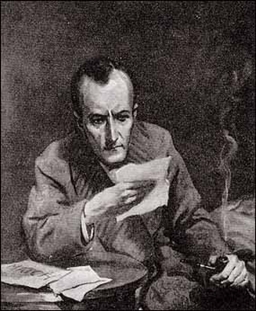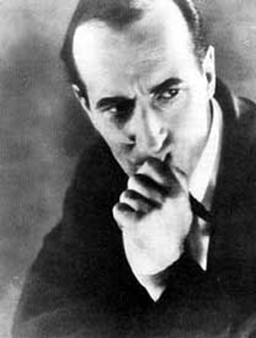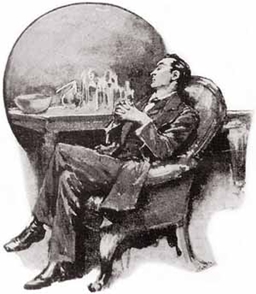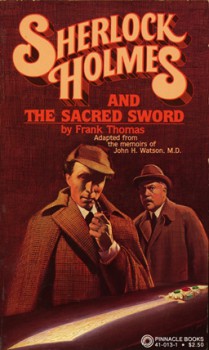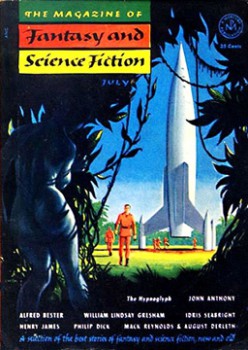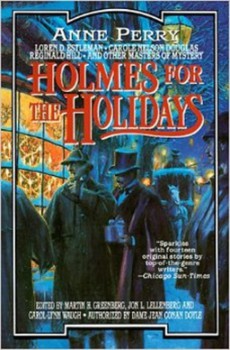The Public Life of Sherlock Holmes: New Holmes Story Found! Well….
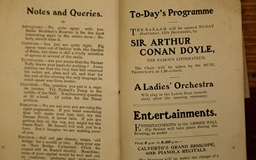 Last week, the Sherlockian world was abuzz with news that a new Holmes story had been discovered: One that was written by Sir Arthur Conan Doyle himself back in 1903.
Last week, the Sherlockian world was abuzz with news that a new Holmes story had been discovered: One that was written by Sir Arthur Conan Doyle himself back in 1903.
A few basics: On March 5, 1927, “The Adventure of Shoscombe Old Place” appeared in Liberty Magazine. There would be no more Holmes tales from Doyle’s pen. Thus, the official Sherlockian Canon came to a close at 60: 56 short stories and 4 novels (novellas, really).
Doyle had previously written two short shorts featuring his erstwhile detective. 1896’ “The Field Bazaar” was written to raise funds for Edinburgh University. While in 1924, Doyle wrote and donated “How Watson Learned the Trick” to the Queen’s Dollhouse project.
Hesketh Pearson, when going through Doyle’s papers for a biography, found the outline of a Holmes tale that may or may not have been written by Sir Arthur. Involving a man on stilts, pastiche authors have written the story to less than stellar results.
Of course, being a devout reader of The Public Life of Sherlock Holmes, you already know about the “lost” found Doyle story that was actually written by Arthur Whitaker.
Add in a couple of plays Doyle wrote and you’ve got the official writings by the original author. Though Walter Elliot claims there’s one more.
